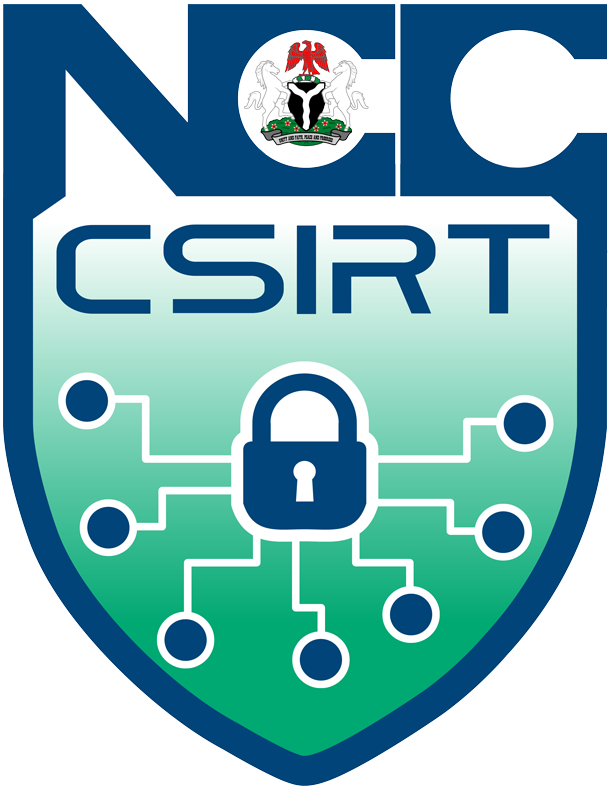- Details
- BleepingComputer
A new phishing kit has been released that allows red teamers and cybercriminals to create progressive web Apps (PWAs) that display convincing corporate login forms to steal credentials.
A PWA is a web-based app created using HTML, CSS, and JavaScript that can be installed from a website like a regular desktop application. Once installed, the operating system will create a PWA shortcut and add it to Add or Remove Programs in Windows and under the /Users/<account>/Applications/ folder in macOS.
When launched, a progressive web app will run in the browser you installed it from but be displayed as a desktop application with all the standard browser controls hidden.
Many websites use a PWA to offer a desktop app experience, including X, Instagram, Facebook, and TikTok.Read More..
- Details
- The Hacker News
A previously undocumented cross-platform malware codenamed Noodle RAT has been put to use by Chinese-speaking threat actors either for espionage or cybercrime for years.
While this backdoor was previously categorized as a variant of Gh0st RAT and Rekoobe, Trend Micro security researcher Hara Hiroaki said "this backdoor is not merely a variant of existing malware, but is a new type altogether."
Noodle RAT, which also goes by the monikers ANGRYREBEL and Nood RAT, comes in both Windows and Linux flavors, and is believed to have been put to use since at least July 2016.
The remote access tran Gh0st RAT first surfaced in 2008 when a China threat group called the C. Rufus Security Team made its source code publicly available.
Over the years, the malware – alongside other tools like PlugX and ShadowPad – has become a hallmark of Chinese government hackers, who have used it in numerous campaigns and attacks. Read More..
- Details
- BleepingComputer
Google has released patches for 50 security vulnerabilities impacting its Pixel devices and warned that one of them had already been exploited in targeted attacks as a zero-day.
Tracked as CVE-2024-32896, this elevation of privilege (EoP) flaw in the Pixel firmware has been rated a high-severity security issue.
"There are indications that CVE-2024-32896 may be under limited, targeted exploitation," the company warned this Tuesday.
"All supported Google devices will receive an update to the 2024-06-05 patch level. We encourage all customers to accept these updates to their devices."
Google tagged 44 other security bugs in this month's Pixel update bulletin, seven of which are privilege escalation vulnerabilities considered critical and impact various subcomponents.
While Pixel devices also run Android, they receive separate security and bug fix updates from the standard monthly patches distributed to all Android OEMs because of their exclusive features and capabilities and the unique hardware platform directly controlled by Google. Read More..
- Details
- The Hacker News
Threat actors linked to the Black Basta ransomware may have exploited a recently disclosed privilege escalation flaw in the Microsoft Windows Error Reporting Service as a zero-day, according to new findings from Symantec.
The security flaw in question is CVE-2024-26169 (CVSS score: 7.8), an elevation of privilege bug in the Windows Error Reporting Service that could be exploited to achieve SYSTEM privileges. It was patched by Microsoft in March 2024.
"Analysis of an exploit tool deployed in recent attacks revealed evidence that it could have been compiled prior to patching, meaning at least one group may have been exploiting the vulnerability as a zero-day," the Symantec Threat Hunter Team, part of Broadcom, said in a report shared with The Hacker News. Read More..
- Details
- BleepingComputer
Microsoft has highlighted a novel attack dubbed "Dirty Stream," which could allow malicious Android apps to overwrite files in another application's home directory, potentially leading to arbitrary code execution and secrets theft.
The flaw arises from the improper use of Android's content provider system, which manages access to structured data sets meant to be shared between different applications.
This system incorporates data isolation, URI permissions, and path validation security measures to prevent unauthorized access, data leaks, and path traversal attacks.
When implemented incorrectly, custom intents, which are messaging objects that facilitate communication between components across Android apps, could bypass these security measures.
Examples of incorrect implementations include trusting unvalidated filenames and paths in intents, misuse of the 'FileProvider' component, and inadequate path validation. Read More..
- From PDFs to Payload: Bogus Adobe Acrobat Reader Installers Distribute Byakugan Malware
- Google Warns: Android Zero-Day Flaws in Pixel Phones Exploited by Forensic Companies
- New HTTP/2 Vulnerability Exposes Web Servers to DoS Attacks
- Hackers Using Sneaky HTML Smuggling to Deliver Malware via Fake Google Sites
- WordPress Admins Urged to Remove miniOrange Plugins Due to Critical Flaw
